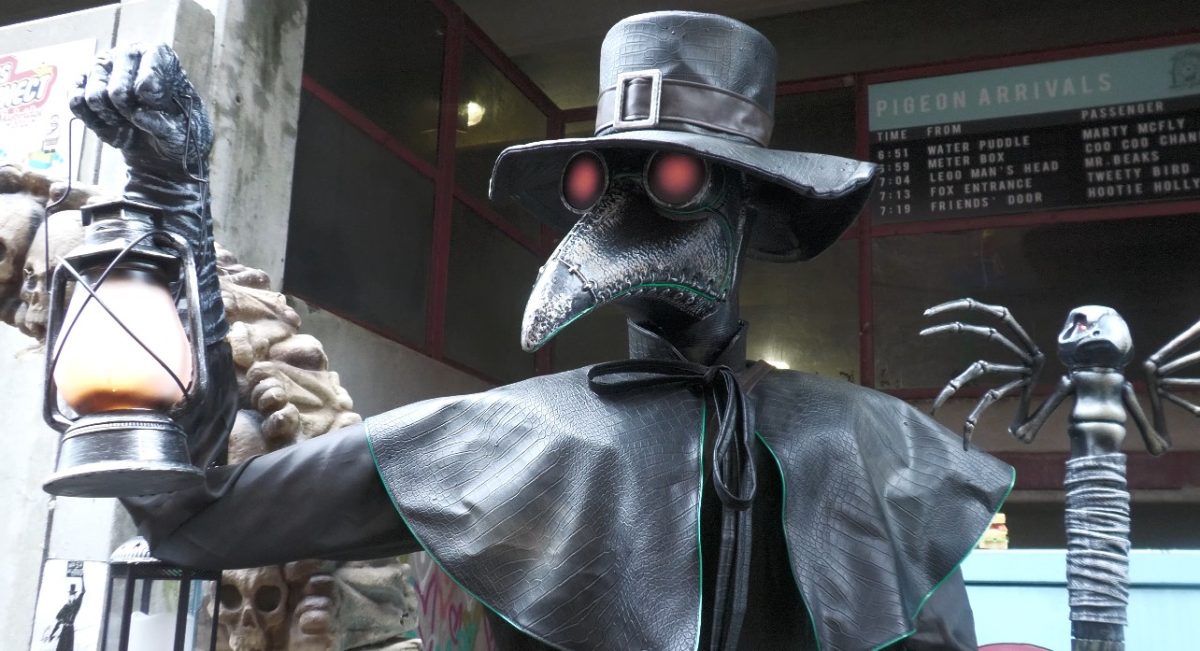The new season of “Atypical” disposes of the stigma that is most commonly associated with disabilities. The show is a new age comedy that accurately portrays autism in an awkwardly humorous way.
The first two seasons of “Atypical” were mainly about Sam Gardner and his journey through high school and the third season expands on the other main characters. “Atypical” is still focused on Sam going off to college, but it also includes real-life issues beyond Sam and his journey.
The plot expands throughout season three, especially with Casey. She has to choose between her boyfriend, Evan or her best friend, Izzie. This is a huge contrast from the first two seasons as the spotlight is taken off of Sam. Not only this, but Casey’s situation is also important for the LGBTQ community as it highlights the struggles that many high schoolers face throughout their difficult days as a student.
The honesty throughout the show is hard-hitting. Many times, autism is never accurately portrayed in media, but this show does it. It mentions that four out of five of those on the spectrum fail to graduate college in four years. While including actors that are on the spectrum, the show issues a raw insight into the lives of students with autism.
Even though the season started off slow, it quickly gained momentum throughout the first few episodes. The dramatic yet realistic portrayal of Elsa and Doug’s relationship has developed so much since the first season but gets confusing here and there. Though the show makes lighthearted remarks about the infidelity, the vast line that Elsa crosses is most common in today’s society now more than ever. Not only this, but the show accurately represents an identity crisis within Elsa’s character.
The show branches out in the third season but it still maintains focus on Sam. Going to college is hard for any new student, but especially for someone on the spectrum. While the show does accurately identify autism and the struggles that Sam could face throughout everyday life, it doesn’t necessarily do it kindly. Not everyone on the spectrum handles certain situations as gracefully as Sam does, and many viewers dislike the lack of diversity.
Although the show does include various examples of those on the spectrum, the focus is mainly on Sam and how he deals with everyday life. The first two seasons may not have been filled with the diversity shown throughout the spectrum, but the third season includes many characters that properly depict that.
Even though the show had some flaws, especially when regarding those on the spectrum and portraying Sam’s struggles in a sensitive manner, it is a step forward for the ASD community. “Atypical” is a show that has a humorous manner and positive outlook on the lives of those on the spectrum.
With Sam’s journey, although fictional, it is obvious that those on the spectrum have the ability to do anything they put their minds to. “Atypical” has crossed boundaries and truly broken the stigma when portraying disabilities, but it still has a long way to go.





























